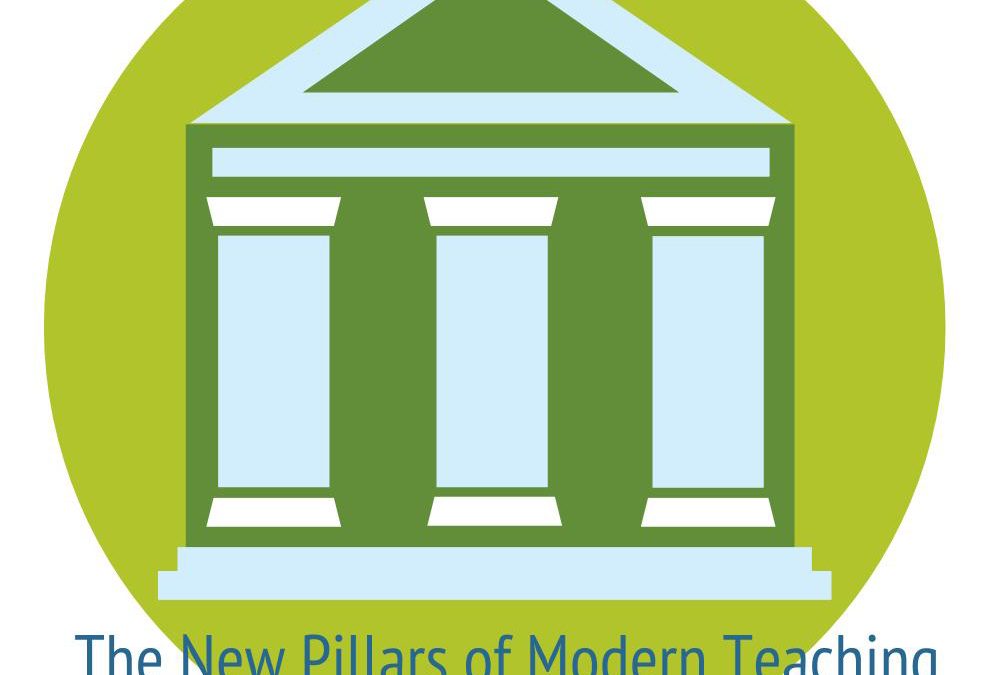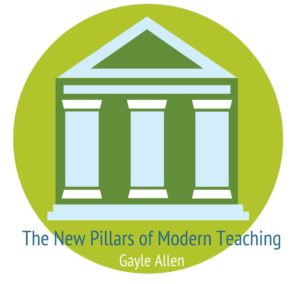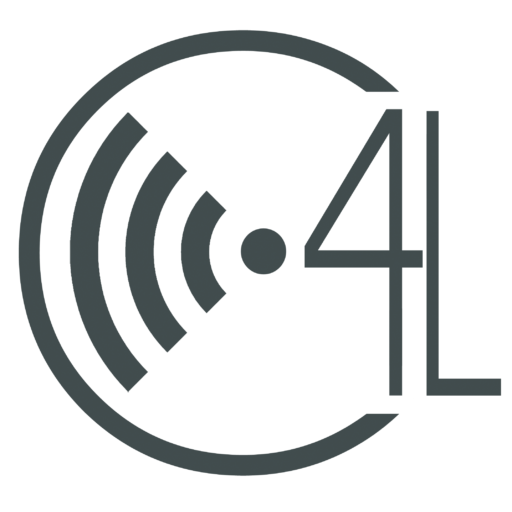
Conversation 1: Preface and Intro
Conversation 1: Preface and Intro

Preface & Introduction to the New Pillars of Modern Teaching
Welcome to the Preface and Introduction to The New Pillars Modern Teaching. In the preface, Will Richardson sets the stage for the book with a brief history of essays and books that were predecessors to this series of books from Solution Tree called the Solutions for Modern Learning series. In this section, he describes how we have reached this point in education and what our next steps might be.
In the introduction, Gayle Allen provides a description of how the book as arranged to best address where teachers, who are surrounded by technology, will address this in their teaching. She explains that she wrote the book to help us understand the “why” of it all, and to address the question of how and why to allow access to the wealth of knowledge surrounding us inside of the classroom.
Using the comment tool at the bottom of this post discuss. Please label your posts as Q1 for answers to question 1, etc.
- Introduce yourself and tell us where/what you teach?
- Why do you feel it is important to read this book?
- Describe the shift to the new pillars of pedagogy. Does this shift seem to apply to your classroom and way of thinking about curriculum, instruction, and assessment?
- In what ways, if any, do you feel we have already started addressing this shift on your campus or in RCISD?
Feel free to reply to the comments of other learners.
FYI. Names are posted, and the website is visible. Please focus on positive discussion and sharing. Happy reading!


